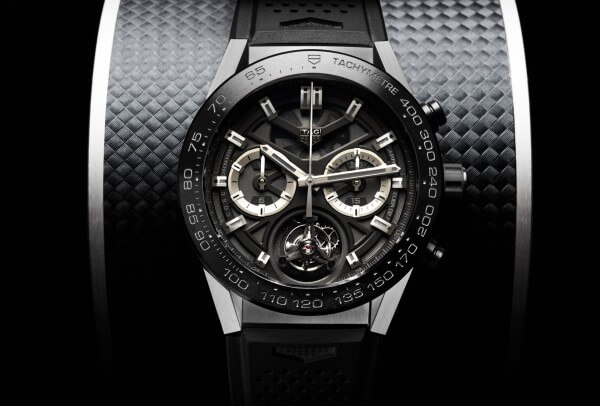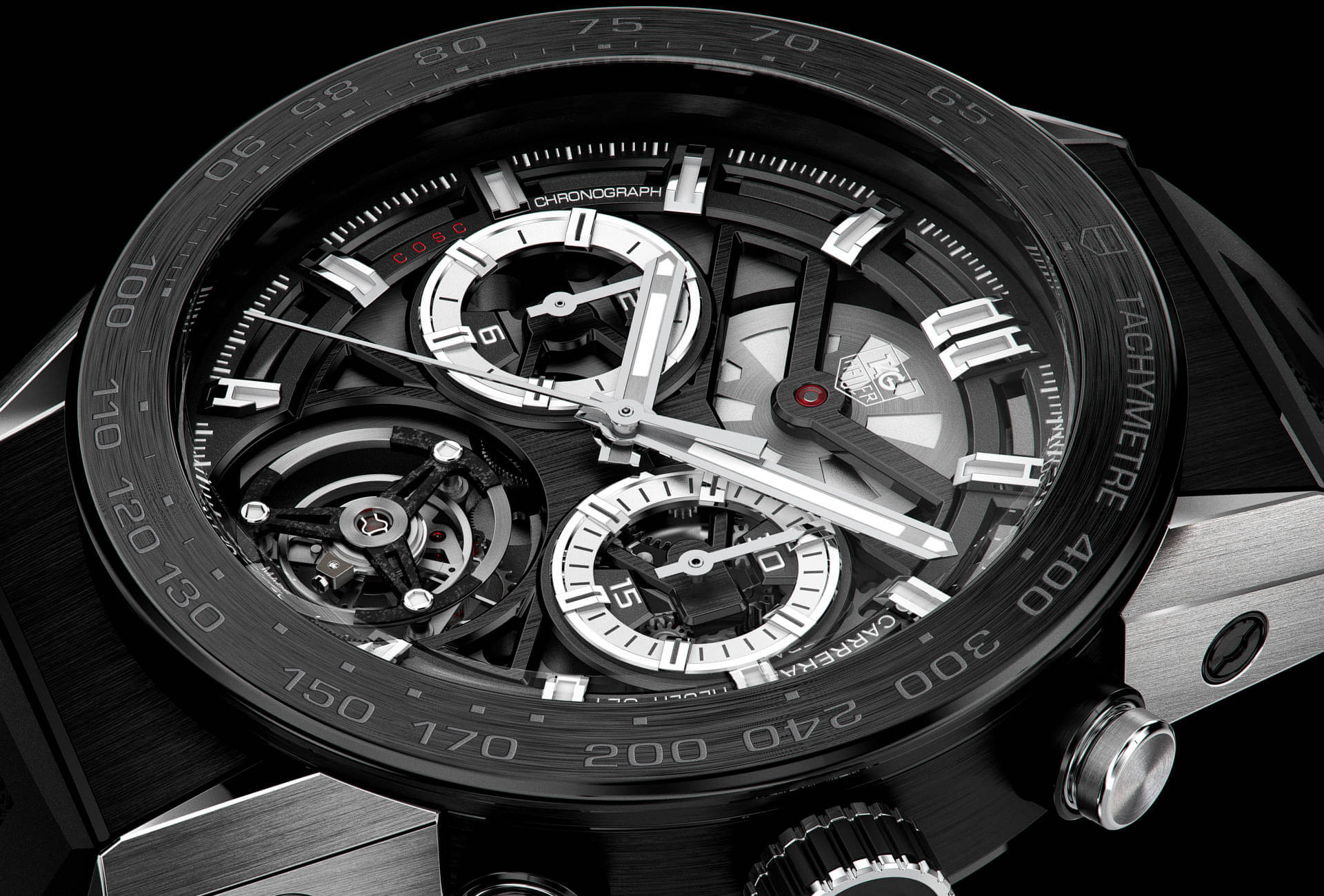Much ballyhooed in 2015, the Carrera Heuer-02T tourbillon has made its pre-Baselworld debut. Priced at $15,950 (€15,500/CHF15,800) from a brand more readily associated with watches retailing in the region of $3,000, it is widely considered to be something of a good deal. Really? asks The New York Times, which compares the cost with that of a factory-fresh Honda subcompact. How in the world can watch enthusiasts get misty-eyed about a gyroscope-like mechanism and, more to the point, feel justified in spending that amount? Is it a matter of perspective? Up to now, writes The New York Times, “a ‘cheap’ tourbillon timepiece was the Montblanc 4810 ExoTourbillon Slim, for $34,500. At the other end of the spectrum, the Greubel Forsey Quadruple Tourbillon retails for $815,000. TAG, in other words, has seemingly enabled buyers to take that Honda budget and snag a Bentley.”
Every second counts
While everyone knows why a Bentley costs so much, the man in the street might struggle to comprehend how a feather’s weight of metal can increase the value of an already expensive watch tenfold. The New York Times goes some way towards an explanation with a reminder that the tourbillon, patented by Abraham-Louis Breguet at the turn of the nineteenth century, mounts the watch’s escapement, balance spring and balance wheel inside a rotating cage to even out minor deviations in timekeeping due to the effects of gravity. It also adds that the actual utility of such a mechanism in a wristwatch is widely debated, being seen by many as more a symbol of watchmaking virtuosity. Yet the fact remains that for many collectors, precision is the foremost quality of a watch and the tourbillon remains the ultimate complication for achieving said precision in a mechanical timepiece. Seconds really do count! Particularly for those who choose to live without the atomic-clock accuracy of a smartphone app.

Obsolescence as art
As with any precious commodity, scarcity has added to the tourbillon’s appeal, or did so until the late 1990s when engineering and manufacturing a tourbillon still constituted a major difficulty. This no longer being the case, tourbillons have proliferated like a spontaneous generation: with scarcity no longer part of the equation, the lure of the tourbillon is that of a piece of kinetic art.
Watchmaking remains a craft, particularly in the face of cheap, mass-produced and ultimately disposable technologies.
Even so, writes the American daily, “the idea of spending a year’s rent for a mechanism of negligible practical value and almost zero cachet to the general public (unlike, say, a Bentley, or even a Giacometti) would seem to defy logic.” Precisely, replies Adam Craniotes, founder of RedBar Group, an international network of watch collectors: “If we accept that a mechanical watch is obsolete technology, which it is, then an intricate escapement designed to address a problem that existed on an even more obsolete example of the genre, the pocket watch, reminds ourselves and others of the permanence of watchmaking as a craft, particularly in the face of cheap, mass-produced and ultimately disposable tech. The tourbillon is a testament to our ability to celebrate, and indeed cherish, obsolescence as art.”














